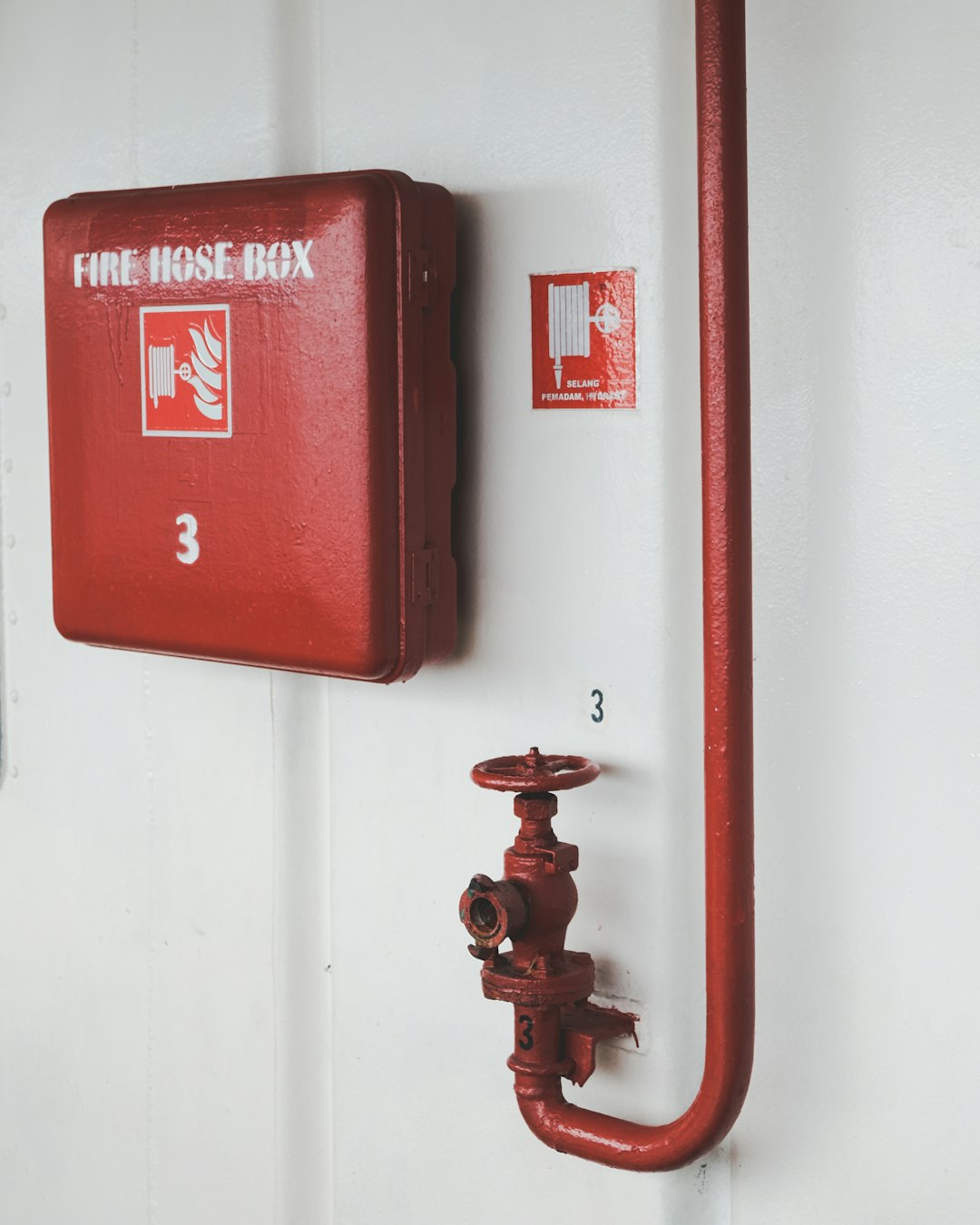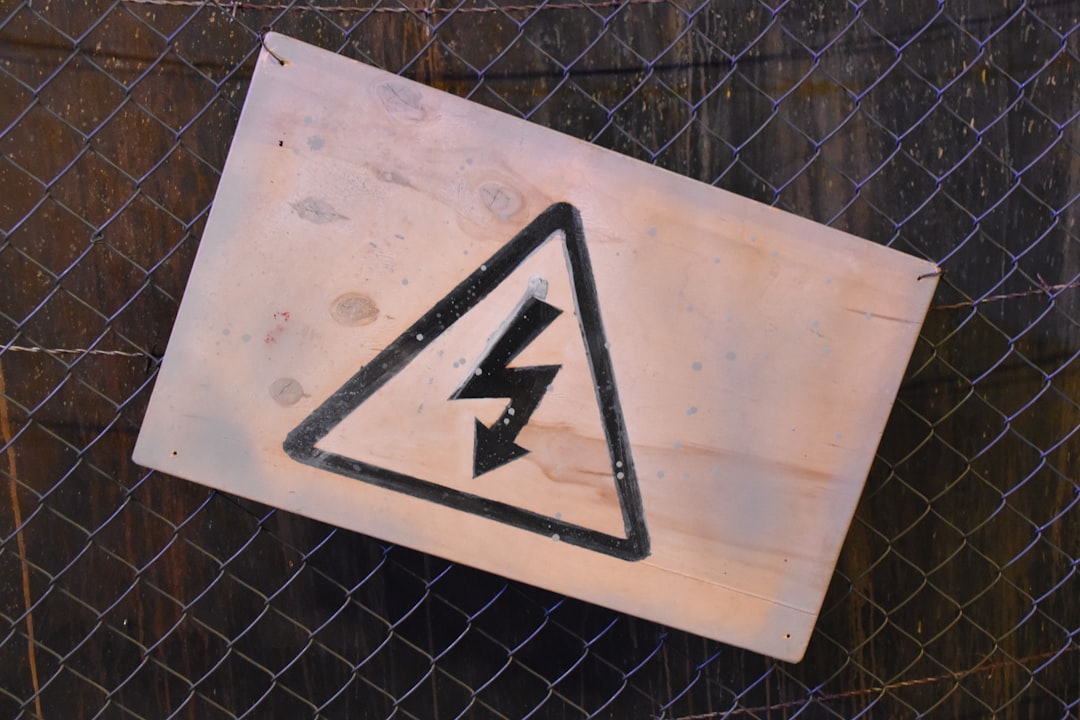Dangers of DC Current and Arcs
DC arcs are particularly hazardous compared to AC arcs due to the following characteristics:
- Sustained Arcing: Unlike AC, which has zero-crossing points that naturally interrupt arcs, DC arcs can persist, generating temperatures hot enough to melt materials like glass, copper, and aluminum (AC Solar Warehouse).
- Fire Hazard: The high heat from DC arcs can ignite surrounding materials, leading to fires. For example, a 2009 fire in Bakersfield, CA, and a 2011 fire in Mount Holly, NC, were linked to DC arc faults (ResearchGate).
- Equipment Damage: Arcs can degrade insulation, connectors, and wiring, compromising system integrity.
- Safety Risks: The intense energy of DC arcs poses significant risks to personnel, especially in high-voltage systems like those in electric vehicles or solar installations (Tyndale USA).

These dangers highlight the critical need for effective arc detection to prevent catastrophic outcomes.
Dangers: Sustained DC arcs generate intense heat, potentially causing fires, equipment damage, and safety hazards for personnel. In PV systems, high DC voltages exacerbate these dangers.

References
- AC Solar Warehouse: Solar Fires
- ResearchGate: Arc-fault unwanted tripping
- Tyndale USA: EVs and DC Hazard